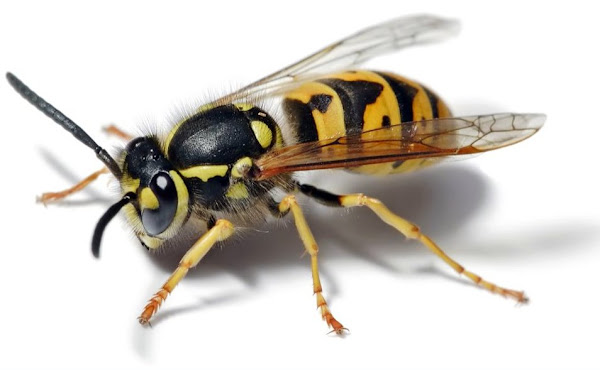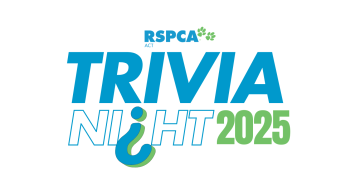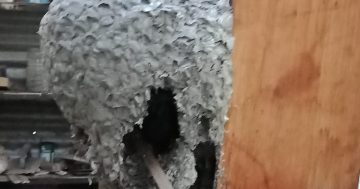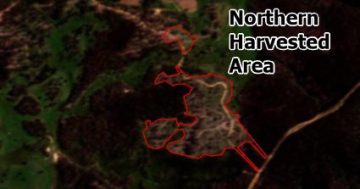
Territory and Municipal Services have turned their thoughts to wasps:
Canberrans are reminded to keep an eye out for signs of European wasp nests in and around the home, Dr Philip Spradbery, wasp expert with Territory and Municipal Services, said today.
“Many Canberra families are returning home after the summer holidays to find swarms of European wasps nesting in their homes or gardens,” Dr Spradbery said. “The tell-tale sign of a nest is a steady stream of wasps flying in and out of a hole leading to where the nest is hidden away.
“After establishing their nests in the spring, the queens are busy rearing hundreds of worker wasps to extend the nest structure and forage for food throughout summer. At this time of the year, European wasp nests are approaching the size of a soccer ball with a population of around 1,000 adult wasps. By late autumn the European wasp nest can grow to a population of 4,000 adult wasps.
“Approximately half of all nests reported in Canberra are built into the structure of the house such as cavity walls and roof spaces. As the nest grows, the wasps excavate the plaster board or soil of their surroundings. Every year there are several incidents where wasps break through the internal walls of a house and people are stung.
“If residents locate a nest on their property they must engage a qualified pest control operator to treat it. Do not attempt to treat the nest yourself as you risk being stung.”
Dr Spradbery said the recommended first aid for a wasp sting is an ice pack to alleviate pain and swelling. If people are stung in the mouth, experience difficulty in breathing or develop an itchy rash indicating a severe allergic response, they should seek medical help immediately.
If in doubt the Wasp Hotline is 6162 1914

[Photos courtesy TAMS]














